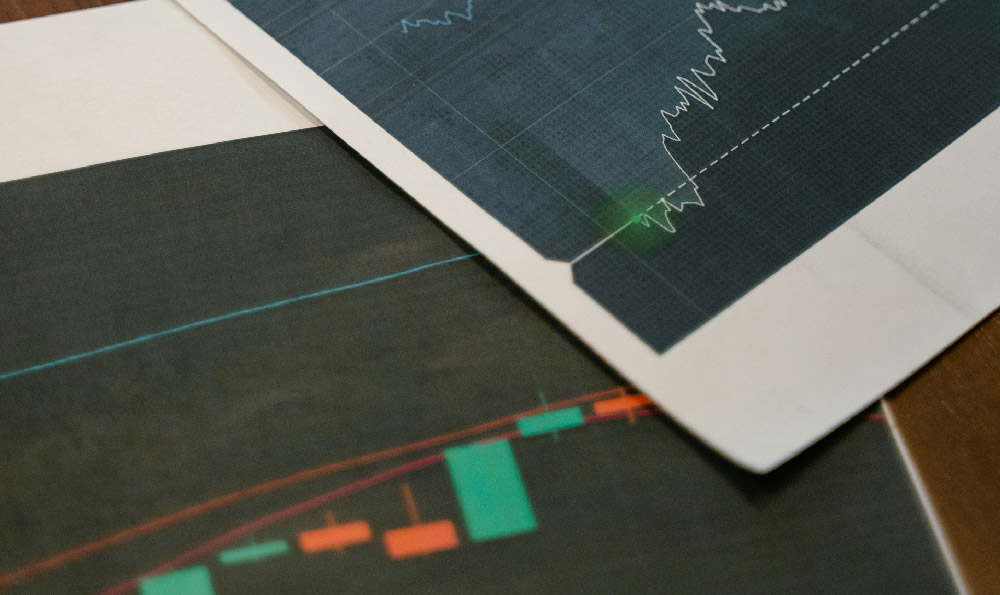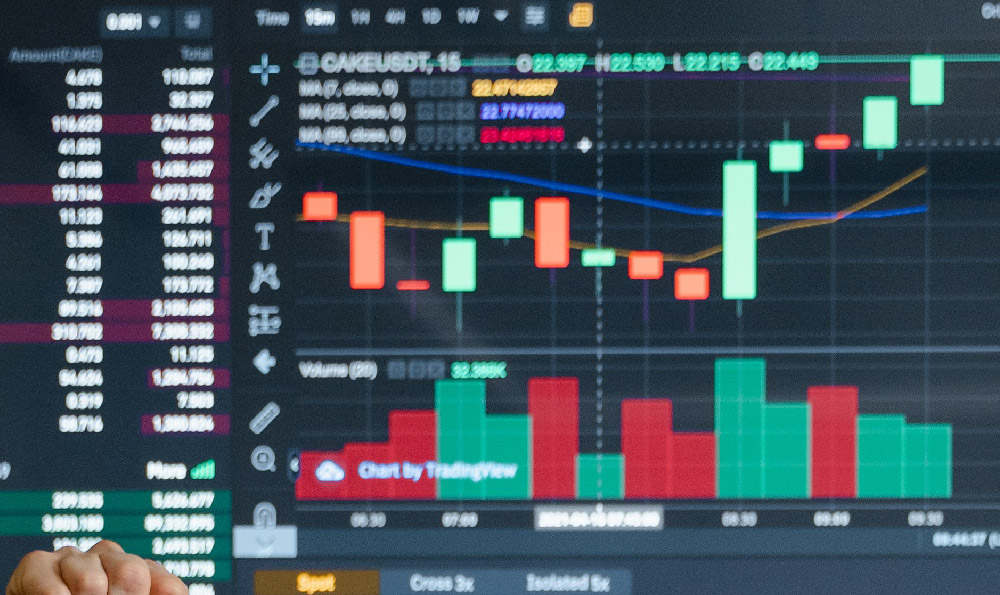Meme coins, cryptocurrencies born from internet jokes and viral trends, present a unique dilemma for investors. On one hand, their potential for explosive gains is undeniable, fueled by community enthusiasm and social media buzz. On the other hand, their inherent volatility and lack of fundamental value make them incredibly risky. Whether or not you should invest in meme coins is a complex question that depends heavily on your individual risk tolerance, investment goals, and understanding of the market. Before delving into strategies, it's crucial to establish a foundational understanding of what makes meme coins so different from established cryptocurrencies like Bitcoin or Ethereum.
Unlike projects that aim to solve real-world problems with blockchain technology, meme coins often lack any practical application. Their value is derived almost entirely from hype and speculation. The price of a meme coin can skyrocket based solely on a tweet from a celebrity or a viral trend on TikTok, only to plummet just as quickly when the hype dies down. This extreme volatility makes timing the market incredibly difficult, even for seasoned traders.
However, dismissing meme coins entirely would be a mistake. They represent a powerful force in the crypto space, demonstrating the influence of community and social sentiment on market dynamics. Furthermore, some meme coins have evolved beyond their initial humorous origins, fostering strong communities and even developing utility within their ecosystems. For example, Dogecoin, one of the original meme coins, has seen integration into some online platforms for tipping and payments. Shiba Inu, another popular example, has spawned its own decentralized exchange (DEX) and introduced staking mechanisms.

So, if you're considering investing in meme coins, proceed with extreme caution and a well-defined strategy. Here’s how to approach this high-risk, high-reward territory:
Due Diligence is Paramount: Don't rely solely on social media hype or anecdotal evidence. Research the coin's origins, development team (if any), community size, and any underlying technology or utility. Look for signs of legitimacy, such as a clearly defined roadmap or active community engagement. Be wary of projects that promise unrealistic returns or lack transparency. A whitepaper, even if rudimentary, is a good starting point. Check the token distribution; a large percentage held by a small number of wallets is a red flag. Explore blockchain explorers to understand the transaction history and ownership concentration.
Risk Management is Key: Treat meme coin investments as highly speculative and allocate only a small percentage of your portfolio that you're prepared to lose entirely. Never invest more than you can afford to lose. Think of it as "fun money" rather than a serious investment. Implement stop-loss orders to limit potential losses. A stop-loss order automatically sells your holdings if the price drops to a predetermined level. This can help you avoid catastrophic losses during sudden price crashes.
Understand Market Sentiment: Meme coin prices are heavily influenced by social media trends and online communities. Monitor platforms like Twitter, Reddit, and Telegram to gauge market sentiment and identify potential catalysts for price movements. However, be aware that these platforms are often rife with misinformation and manipulation. Don't blindly follow the advice of self-proclaimed experts or "influencers."
Identify Potential Exit Points: Before investing, have a clear plan for when you will sell your holdings. This could be based on reaching a specific profit target or hitting a predetermined loss threshold. Don't get caught up in the hype and become emotionally attached to your investments. Greed can often lead to holding onto coins for too long, resulting in significant losses. Recognize that the lifespan of a meme coin trend can be short, so be prepared to take profits when they are available.
Be Wary of "Pump and Dump" Schemes: Meme coins are often targeted by pump and dump schemes, where a group of individuals artificially inflate the price of a coin through coordinated buying, only to sell their holdings at a profit, leaving unsuspecting investors with worthless assets. Be cautious of coins that experience sudden and dramatic price increases, especially if accompanied by aggressive marketing campaigns.
Consider Long-Term Potential (If Any): While most meme coins are short-lived, some may evolve into more sustainable projects with actual utility. Look for meme coins that are actively developing their ecosystems and exploring real-world applications. However, even in these cases, remember that the risks are still significantly higher than with established cryptocurrencies.
Use Reputable Exchanges: Trade meme coins only on reputable cryptocurrency exchanges that have security measures in place to protect your funds. Avoid using unregulated or unknown exchanges, as they may be more vulnerable to hacks and scams.
In conclusion, investing in meme coins can be a tempting proposition, given their potential for rapid gains. However, it's crucial to approach this market with a healthy dose of skepticism and a well-defined risk management strategy. Treat meme coin investments as highly speculative, do your research, and never invest more than you can afford to lose. Remember that the vast majority of meme coins will eventually fade into obscurity, so be prepared to take profits and exit your positions when the time is right. By understanding the risks and applying sound investment principles, you can potentially profit from the meme coin phenomenon while protecting your capital. The key is informed participation, not blind faith in the hype.












